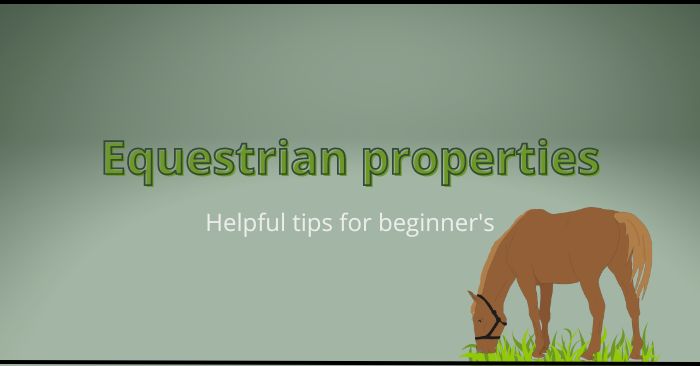
All over the country, farms can be found housing a total of millions of horses. If you’re interested in owning a horse farm, knowing some of the basics can help you decide if moving forward with a land purchase to house horses is the right step for you.
Investors usually see a steady flow of income when they invest in horse properties, as equestrian farms usually have consistent interest surrounding them.
Between renting stalls out to horse owners, offering classes, or charging visitors to view the animals for the day - there are many ways for a horse farm to be profitable.
As horses are large animals, they need plenty of space to thrive. It’s best if the land has plenty of grass for them to graze on. It’s vital for the property and land to have good water drainage, so the land doesn’t become too muddy.
It’s recommended to have at least two acres of land per horse. Five acres of land may be ideal for 2 horses; however, if you’re planning to grow your equestrian farm, you may want to consider purchasing a larger amount of land. By consulting your county rules, you can see land requirements and establish if there’s a limit on how many horses you may have.
Owning an equestrian property is a large commitment, however by doing your research and collaborating with a real estate agent, you can start the journey to owning a horse farm.

Angela is a San Pedro and Palos Verdes native, and is very familiar with the benefits of living in this wonderful coastal area of Southern California. As a key member of the family real estate business, Henry Falkenstein & Associates, she is able to service clients in San Pedro, Palos Verdes and the South Bay areas with ease. Whether you're a "first time" home buyer, a home seller or seasoned investor, she will ensure that you have all the necessary data and resources to make completely informed decisions about your real estate transactions. Her job as your Realtor isn't complete until you are 100% satisfied with her service!